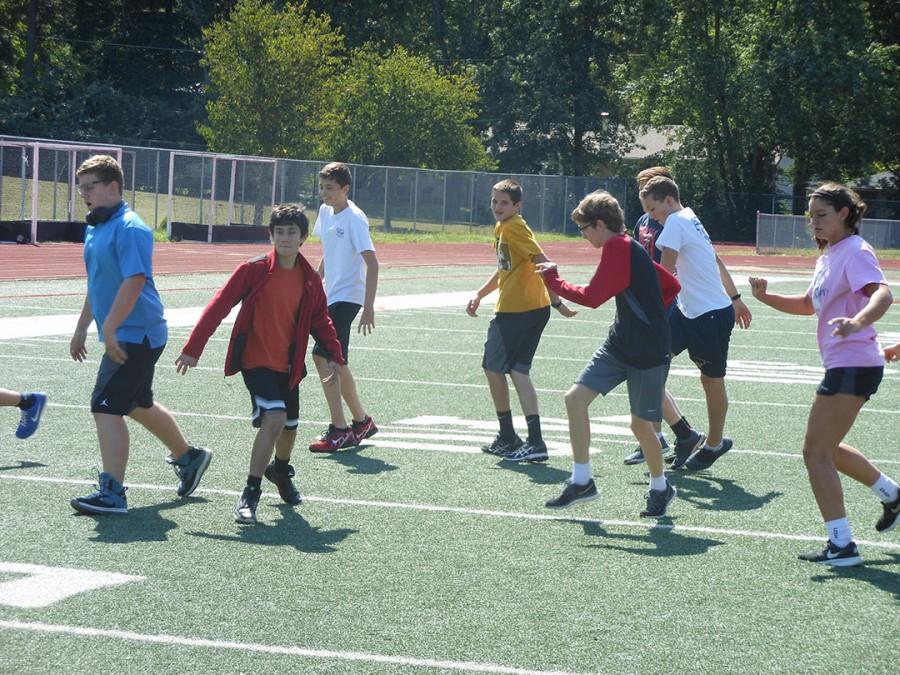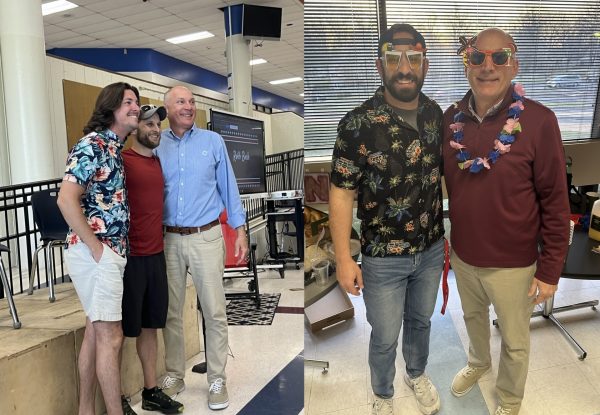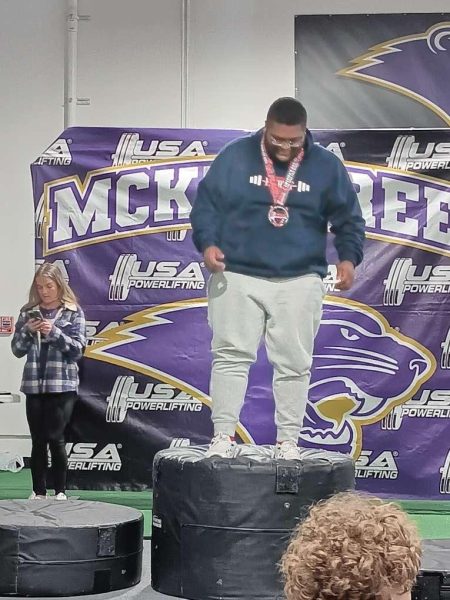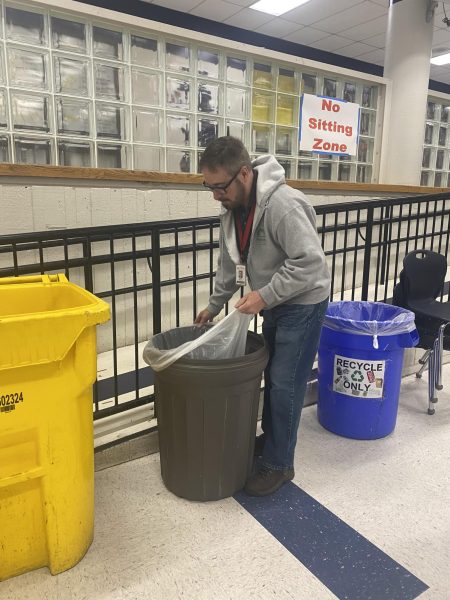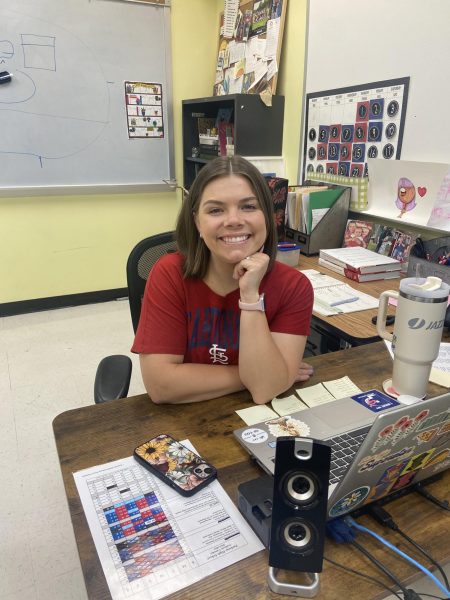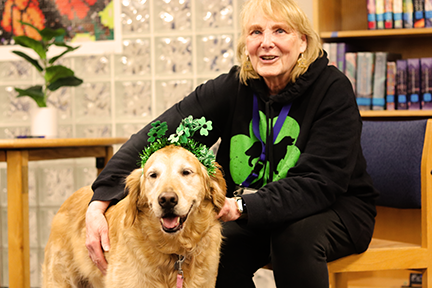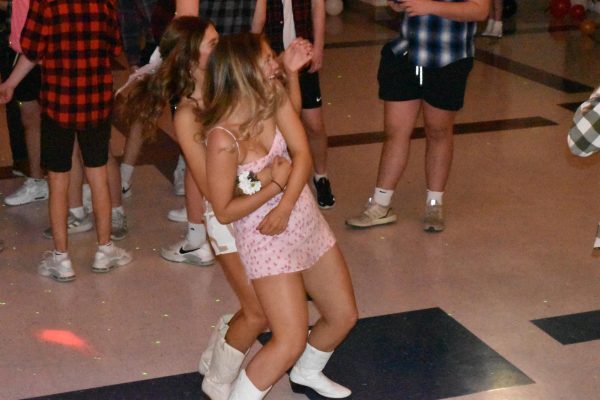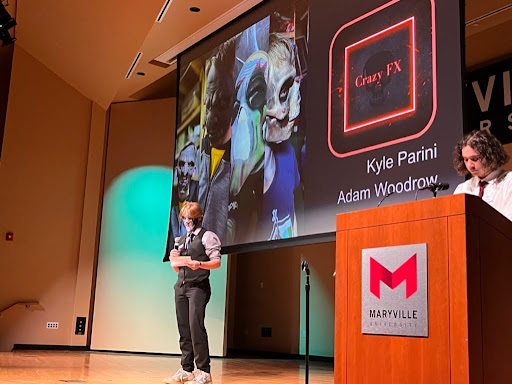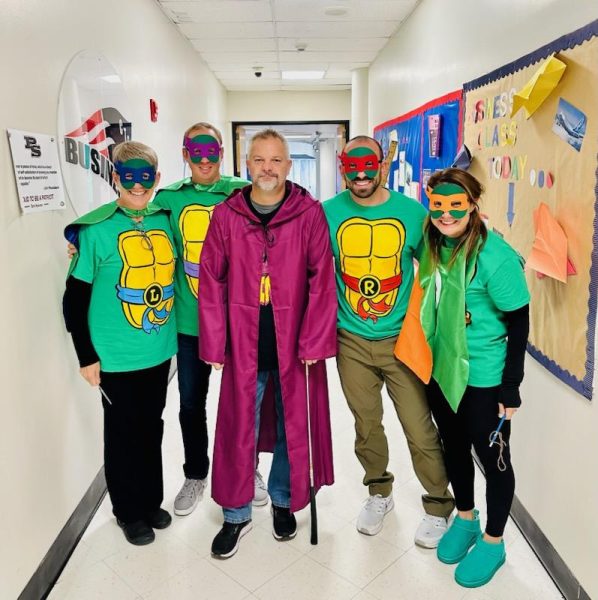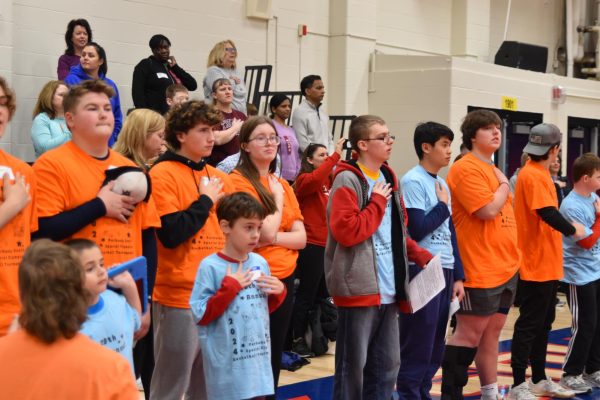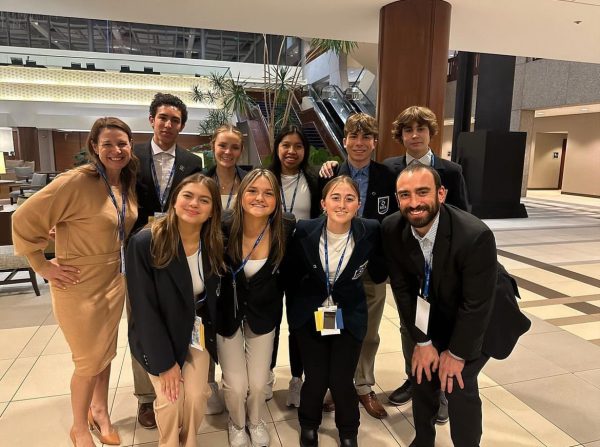Literacy in other classes
Used to learning literacy in just English? Not anymore.Starting in November, all departments will be teaching students some form of literacy in their classrooms. This change is called the R.A.C.E. for Content Literacy.
The R stands for restate the question. The A stands for answer the question. The C stands for cite evidence and the E stands for explain evidence. This comes after years of South having low reading test scores, which is why this is only being done at South and not any other Parkway school. 47 percent of the class of 2014 reached or exceeded the ACT Reading benchmark of 22. In addition, only 4 percent of African-American students reached or exceeded the ACT Reading benchmark.
“[R.A.C.E. is] a school-wide initiative to have students become better readers and writers,” said assistant Principal Angie Pappas-Muyco.
Papus Moco fully supports this plan because it will not interfere with teacher lesson plans and it will help students.
“This will improve student literacy because students will see the same structure multiple throughout the school year,” said Pappas-Muyco.
Math teacher Anne Erehart also supports the R.A.C.E. initiative and thinks it will be able to help students in more than just English.
“All students benefit from extra practice with reading and writing in order to be able to express themselves,” said Erehart.
Erhart said that R.A.C.E. has been studied at different schools and they’ve seen it improve students’ literacy.
“This first year of implementing literacy across all contents might be hard, but it will get easier the more we do it in school,” said Erehart.
Senior Jake Beatty thinks that R.A.C.E. is a good idea, but might also cause some problems.
“Students could improve in subjects that are related like history, but in subjects like P.E. how am I supposed to write if it’s physical education?,” asked Beatty.
However, Beatty does believe in the cause, but he is not sure how effective it will be.
“Students will get a better opportunity to improve their writing, but it might be difficult for students to grasp in a different subject,” said Beatty.
Senior Mauricio Farrell agreed with Beatty and said, it might be tough to start,but things should get better.
“If they put forth the effort then students will succeed with this new system,” said Farrell.
Farrell said honors students can write well, but others can’t write as well.
“Students would be able to improve their writing if other classes devoted to literacy,” said Farrell.
English teacher Tracy Bouslog believes that it will prepare students to be professionals.
“I believe that in the real world artist, mathematicians, scientists use reading and writing in their professions,” said Bouslog.
Bouslog also said, teachers get to decide what students will be reading and writing on.
“Teachers get to pick a article students will read, and students will use the the Fab 4 [Predict, Question,Clarify, and Summarize] to respond to the article,” said Bouslog.
Erhart said she will be implementing R.A.C.E. into her classroom by using different literacy methods.
“I need to teach how to read word problems and how to solve them. The word problems will help students use real world problem solving skills. I will also teach them to read math articles and mathematical text, to help prepare for college,” said Erehart.
Papus-Muyco believes that ultimately R.A.C.E. will fit in with the curriculum and it won’t be seen so much as a extra.
“I think this [R.A.C.E.] is a step in the right direction. We are approaching it slowly which is wise, but ultimately it will help our students achieve,” said Pappas-Muyco.

